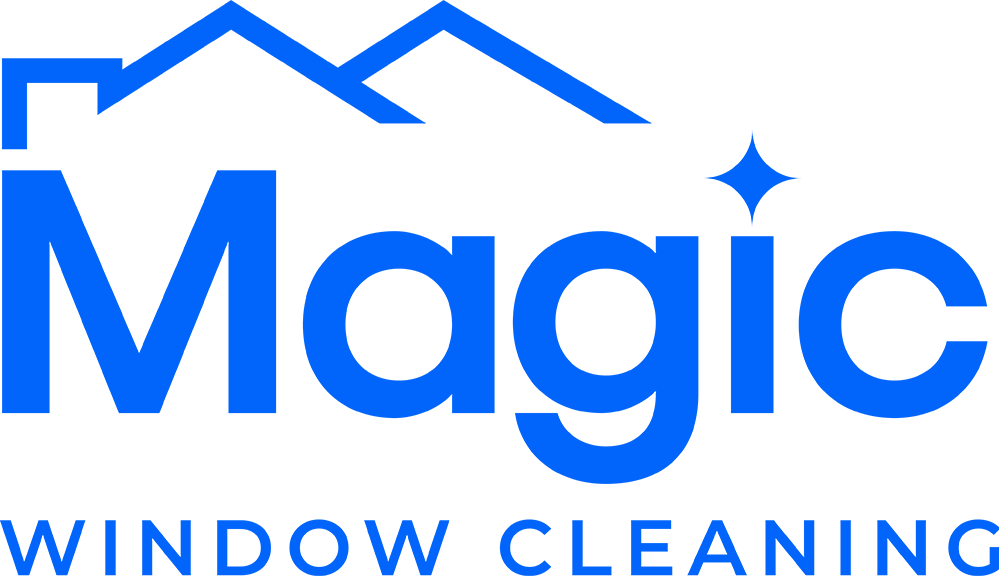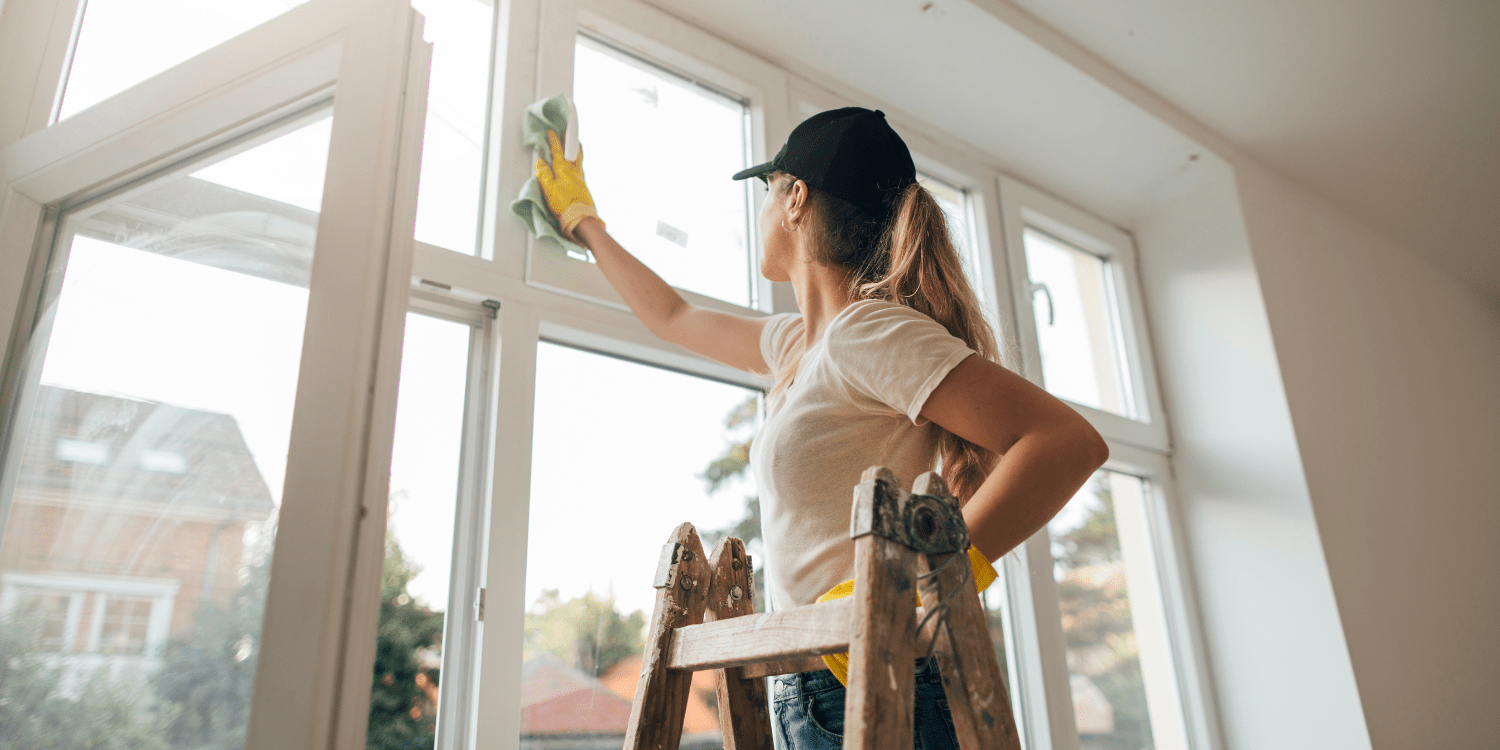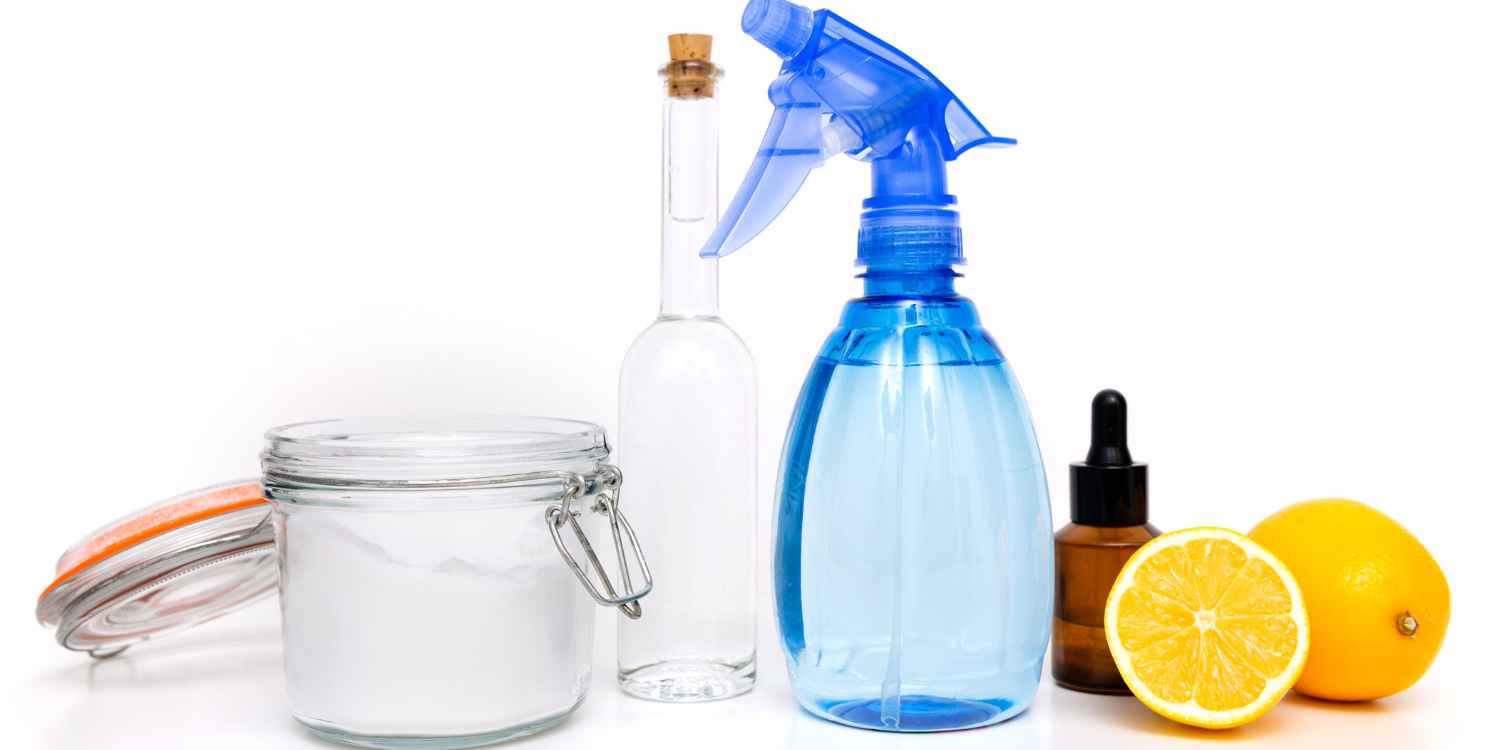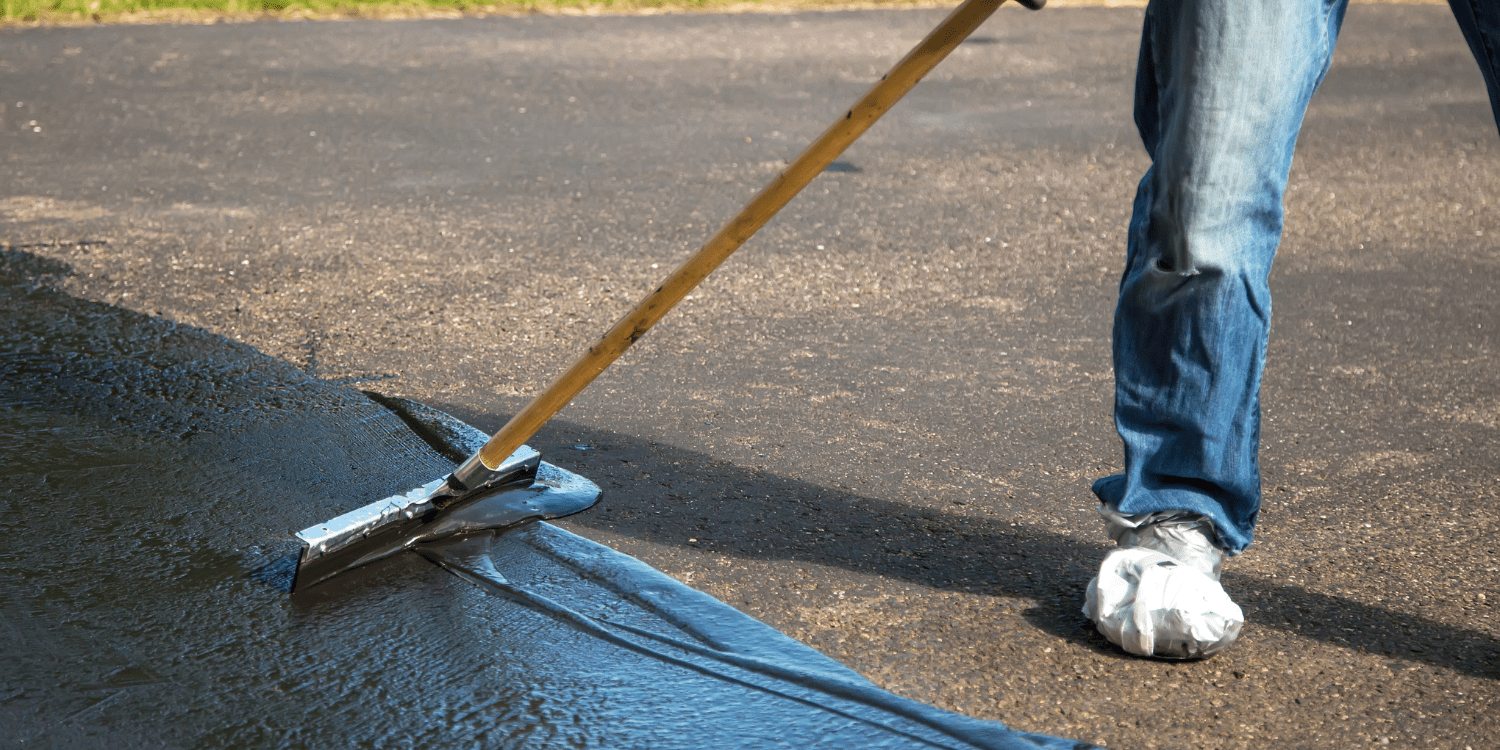Introduction:
Asphalt surfaces, such as driveways, parking lots, and pathways, are subjected to constant wear and tear from vehicular traffic, weather elements, and environmental factors. Over time, exposure to sunlight, rain, and chemicals can cause asphalt to deteriorate, leading to cracks, potholes, and surface degradation. Asphalt sealing offers a solution to protect, preserve, and extend the lifespan of asphalt surfaces. In this comprehensive guide, we’ll explore the numerous benefits of asphalt sealing, from enhanced protection and preservation to increased longevity and cost savings.
Understanding Asphalt Sealing:
- What is Asphalt Sealing?
Asphalt sealing, also known as seal coating, involves applying a protective coating to asphalt surfaces to shield them from damage caused by UV rays, water, oil, and other contaminants. The sealant creates a barrier that prevents moisture penetration, reduces oxidation, and enhances the overall appearance of the asphalt. Asphalt sealing is typically performed using a coal tar-based or asphalt-based sealant, either sprayed or brushed onto the surface.
- Benefits of Asphalt Sealing:
Asphalt sealing offers a range of benefits for homeowners, property managers, and business owners, including:
- Protection against UV damage: Asphalt sealant acts as a protective barrier against harmful UV rays, preventing oxidation and deterioration of the asphalt surface.
- Waterproofing: Sealcoating seals small cracks and pores in the asphalt, preventing water infiltration and reducing the risk of water damage, such as cracking, potholes, and erosion.
- Resistance to oil and chemicals: Sealcoating provides resistance to oil, gasoline, and other chemicals, protecting the asphalt from stains, spills, and corrosion.
- Enhanced appearance: Asphalt sealing restores the rich, dark color of the asphalt surface, giving it a fresh, well-maintained appearance that enhances curb appeal and property value.
- Longevity: By protecting against moisture, UV damage, and chemical exposure, asphalt sealing extends the lifespan of asphalt surfaces, delaying the need for costly repairs or replacement.
- Cost savings: Investing in asphalt sealing is a cost-effective way to maintain asphalt surfaces, as it helps prevent damage and prolongs the lifespan of the pavement, reducing the need for expensive repairs or replacements.
The Asphalt Sealing Process:
- Surface Preparation:
Before seal coating, the asphalt surface must be thoroughly cleaned and prepared to ensure proper adhesion of the sealant. This involves removing dirt, debris, vegetation, and oil stains from the surface using a broom, power washer, or cleaning solution. Any cracks, potholes, or damaged areas should be repaired and filled with asphalt patching material.
- Application of Sealant:
Once the surface is clean and dry, the sealant can be applied using a sprayer, brush, or squeegee. The sealant should be applied evenly and at the appropriate thickness to achieve optimal protection and coverage. It’s important to work in small sections and avoid overlapping to prevent streaking or uneven application.
- Curing and Drying:
After seal coating, the asphalt surface must be allowed to cure and dry properly before allowing traffic or foot traffic. The curing time may vary depending on factors such as temperature, humidity, and the type of sealant used. It’s essential to follow the manufacturer’s instructions regarding curing time and temperature conditions to ensure a durable and long-lasting seal.
Tips for Maintaining Sealed Asphalt Surfaces:
- Regular Inspection:
Periodically inspect sealed asphalt surfaces for signs of wear, damage, or deterioration. Look for cracks, potholes, fading, or areas where the sealant may have worn away. Address any issues promptly to prevent further damage and maintain the integrity of the seal coating.
- Preventative Maintenance:
In addition to seal coating, routine maintenance is essential for preserving the condition of asphalt surfaces. Keep the surface clean by sweeping away debris, leaves, and dirt regularly. Promptly clean up oil spills and stains to prevent damage to the sealant.
- Schedule Reapplication:
Sealcoating is not a one-time treatment; it requires periodic reapplication to maintain its effectiveness. Depending on factors such as traffic volume, weather conditions, and environmental factors, seal coating may need to be reapplied every two to three years. Schedule regular seal coating appointments to ensure ongoing protection and preservation of asphalt surfaces.
Conclusion:
Asphalt sealing is a valuable investment for protecting, preserving, and extending the lifespan of asphalt surfaces. By creating a barrier against UV damage, water infiltration, and chemical exposure, seal coating helps maintain the appearance and integrity of asphalt driveways, parking lots, and pathways. Whether you’re a homeowner looking to enhance curb appeal or a business owner seeking to protect your investment, asphalt sealing offers numerous benefits, including increased protection, preservation, and longevity. Consider investing in asphalt sealing today and enjoy the long-term benefits of a well-maintained asphalt surface.






